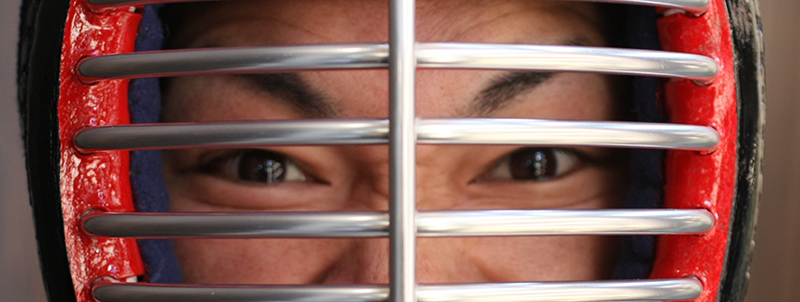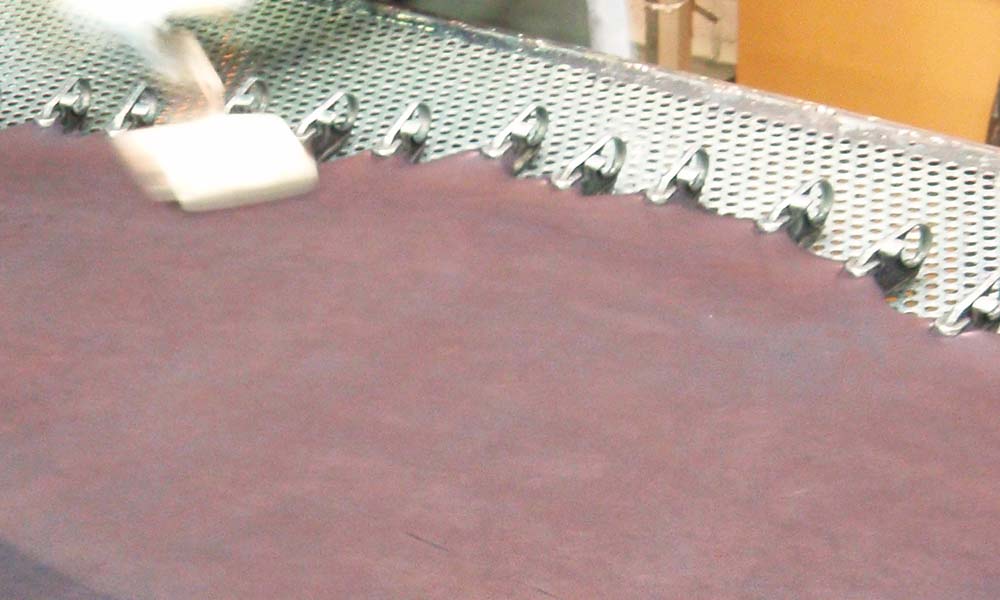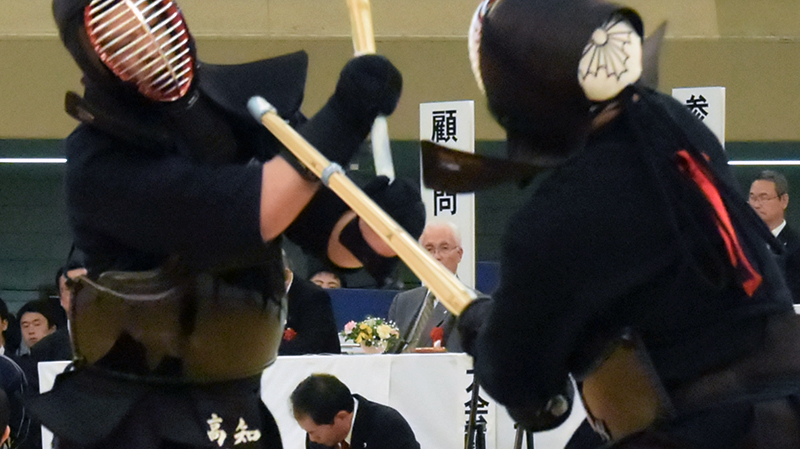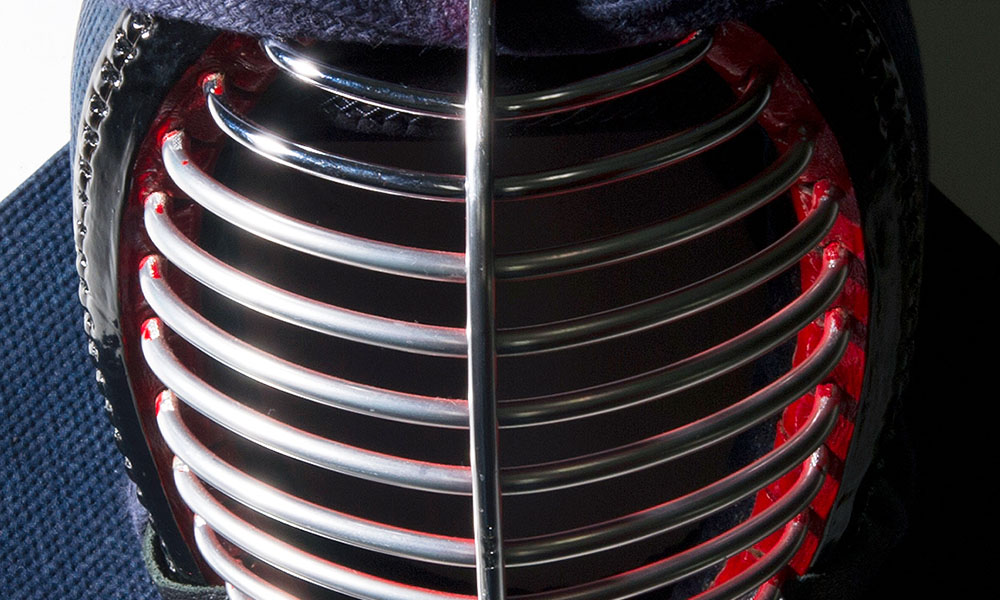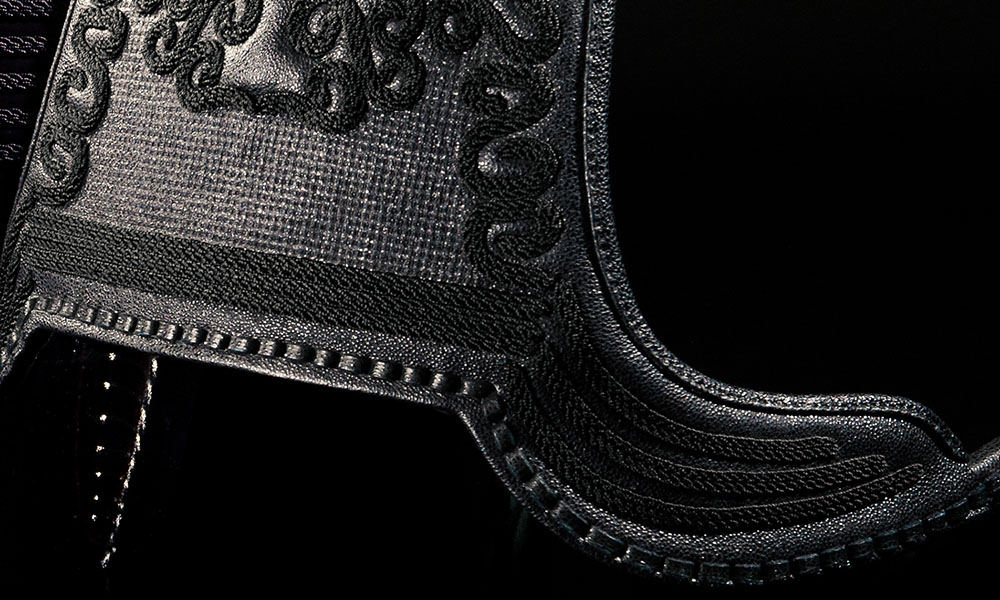Will your Kendo Keiko defeat you?
Kendo is tough – there is no escaping it. Your keiko demands a lot of you and doesn’t let up. Of course not all keiko are alike and some places are easier than others, but the very nature of Kendo is self-improvement and the results of your jigeiko are unambiguous. Read More


